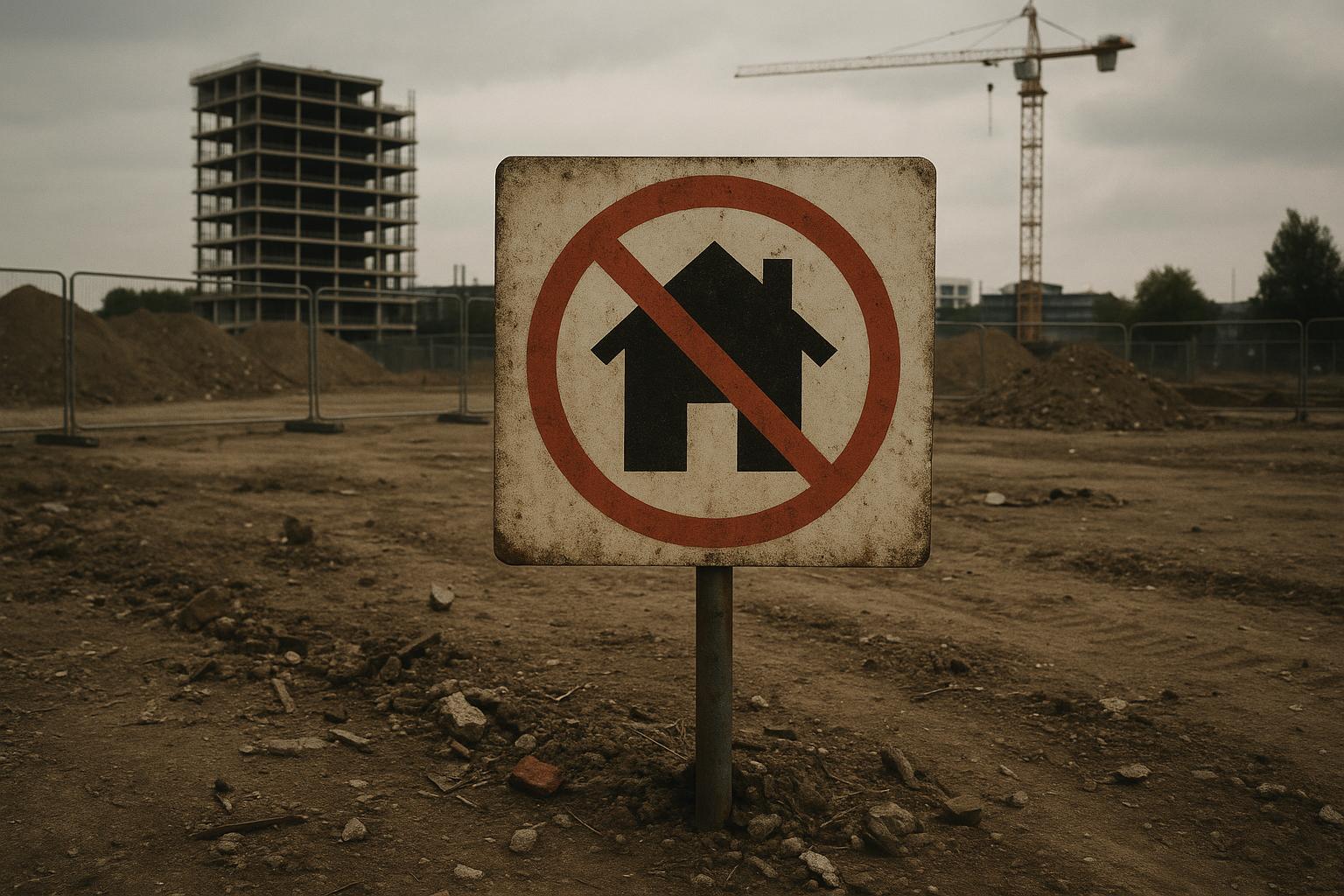Less than ten minutes by Tube from London Bridge, a vast 53-acre area in South East London is being reshaped into what promises to be the capital’s first new town centre in half a century. British Land’s ambitious multi-billion-pound Canada Water redevelopment aims to deliver 3,000 homes alongside substantial improvements to local infrastructure, culture, retail, and workspace, potentially transforming the community and economy of the area over the next 10 to 15 years.
The scope of the project is extensive. Designed as a mixed-use urban centre, it will feature 3,000 new homes, with a commitment that 35 percent of these will be affordable housing—though that commitment is currently under threat. The masterplan also includes creating two million square feet of smart-enabled office space, and one million square feet devoted to retail, leisure, and community facilities, along with 12 acres of new parks and open public spaces. Among these is a central park expected to rival the size of Leicester Square, complemented by waterways such as Greenland Dock and the Russian Dock Woodlands that bookend the development, contributing a unique natural character to the district.
The first phase of Canada Water has already seen significant milestones. The new Canada Water Leisure Centre opened recently, replacing the old Seven Islands facility after 60 years of service, promising state-of-the-art amenities for local residents. Additionally, ‘The Founding,’ a striking 35-storey tower with 186 waterside apartments commanding panoramic views across London, has been completed, though these homes are exclusively private and start at around £700,000, reaching beyond £2 million for some. British Land highlights that the initial phase includes an affordable housing block of 79 homes, 60 of which are designated for council tenants, which has been described as “the nicest affordable housing block in London” by the company’s Development Executive, Michael Delfs, who has overseen the masterplan for the past decade.
The development also features thoughtfully designed public spaces and infrastructure upgrades, including a £33 million investment in transport improvements such as step-free access and a new entrance to Surrey Quays station. An architecturally praised S-shaped wooden walkway, designed by local architect Asif Khan, provides a scenic route over the dock and has already become a local favourite, with nature making a comeback in newly created wetlands supporting wildlife like herons.
However, despite these positive strides, the project faces significant controversy, particularly regarding the future of affordable housing. British Land has submitted a Section 73 planning application to Southwark Council proposing to reduce the affordable housing quota from 35 percent down to just 10 percent. The application, currently under review, has sparked more than 1,100 objections from local residents and housing campaigners who argue this represents a fundamental betrayal of promises made to the community. Critics warn that reducing affordable homes in this way would exclude many local families from benefiting and undermine efforts to address Southwark’s housing crisis, where the council's waiting list numbers more than 18,000.
Housing campaign group the 35% Campaign has voiced strong opposition to the proposed changes, asserting that it would be a missed opportunity amid an acute housing shortage. The group emphasises the necessity of genuinely affordable housing in new developments and challenges the notion that rising costs linked to the Building Safety Act and other regulations should be borne by the community through reduced affordable provision.
Southwark Council has acknowledged these concerns and reaffirmed its commitment to delivering homes that local people can afford. Helen Denis, Cabinet Member for New Homes and Sustainable Development, stated that all planning applications must meet local policies on green space, business, transport, and especially affordable housing. While recognising the financial viability challenges cited by British Land, she emphasised that meeting community needs remains paramount, with a decision on the application anticipated in the coming months.
Financially, the project has strong backing. The Greater London Authority provided a combined £39.1 million grant package in 2020 supporting the delivery of affordable homes and infrastructure improvements, underscoring the strategic importance of Canada Water’s regeneration in the capital’s wider housing and economic strategies. The development is forecast to support up to 20,000 new jobs, further highlighting its potential impact on the local and broader London economy.
Alongside these residential and workplace ambitions, Canada Water is also cultivating a vibrant cultural and leisure scene. Corner Corner, a new multi-use entertainment venue spanning over 55,000 square feet, has recently opened, featuring a curated food hall, cultural events, and notably London’s largest vertical farm. This venue also hosts the UK’s first immersive Minecraft experience, adding a unique digital entertainment element aimed at broadening appeal.
In summary, the Canada Water development represents a bold urban reinvention, seeking to blend housing, workspaces, leisure, and nature within a single, cohesive neighbourhood. Yet, it remains a delicate balancing act, with the promise of creating a thriving new town centre shadowed by ongoing debates about affordability and community inclusiveness. The coming months will be crucial in determining whether this ambitious vision can reconcile commercial realities with the housing needs of Southwark’s residents.
📌 Reference Map:
- Paragraph 1 – [1], [2], [6]
- Paragraph 2 – [1], [2], [4], [6]
- Paragraph 3 – [1], [3], [4]
- Paragraph 4 – [1]
- Paragraph 5 – [1]
- Paragraph 6 – [1], [7]
- Paragraph 7 – [5], [1], [7]
- Paragraph 8 – [3], [6]
- Paragraph 9 – [1], [6], [7]
Source: Noah Wire Services
